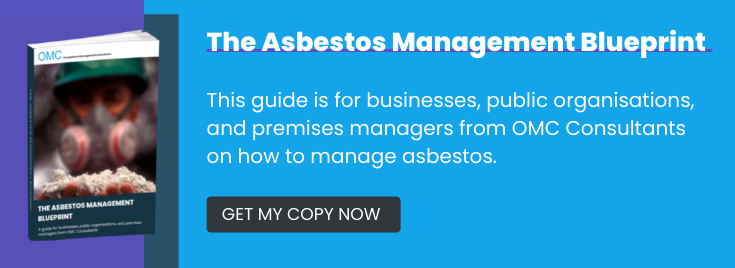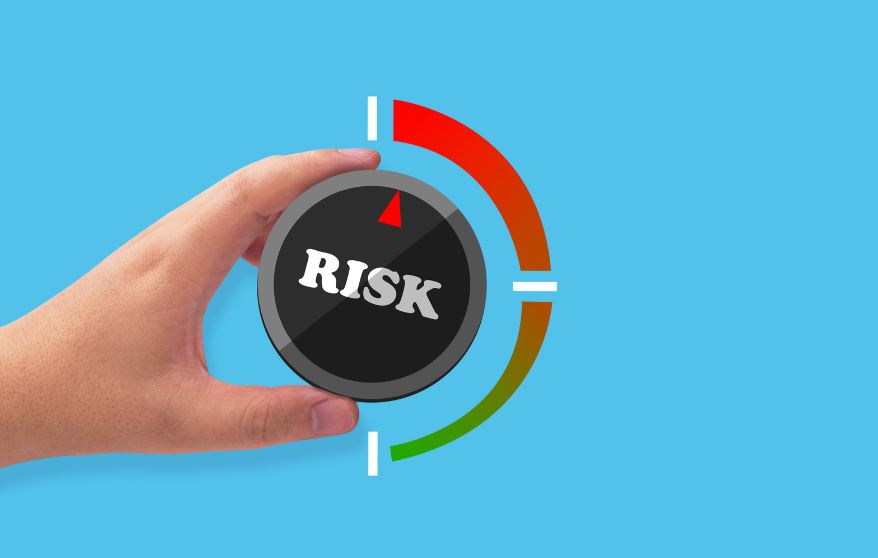Given the well-known dangers of asbestos exposure, it’s important to make sure that any proposed work with asbestos-containing materials (ACMs) is properly risk-assessed before commencing. Prior to the banning of asbestos in construction in 1999, many buildings were built with ACMs to insulate walls, pipes, ducts, chimney cowls and many other components. That means there are hazards to workers in these buildings should any of this asbestos be disturbed or damaged. A risk assessment allows you to identify what levels of risk exist, where they are and how they should be mitigated.
Do I Need An Asbestos Risk Assessment?
If you are the manager or owner of a non-domestic property containing asbestos built before 2000, the short answer is yes. As the responsible party, you have a legal duty to manage the ACMs safely. The Control of Asbestos Regulations 2012 (CAR 2012) (SI 2012 No. 632) Regulation 4 states that, among other things, you must assess and record the risk from those ACMs. These assessments will then provide essential information for contractors bidding to work on the building.
Following any work on the premises involving ACMs, the risk assessment is crucial for determining decontamination procedures for tools and equipment, as well as how any waste materials will be disposed of. It will also help specify emergency procedures in the event of asbestos exposure.
What Is Covered In A Risk Assessment For Asbestos?
An asbestos risk assessment identifies the risks and who they may affect, as well as the precautions needed. The first stage is a material assessment, which will determine the condition of all ACMs and the extent of the risk of releasing fibres should the material be disturbed.
Following that, a priority assessment considers maintenance activity, exposure potential, and occupant or visitor activity, and hence the likelihood of disturbance.
In Summary and as detailed in HSG 227:
Material assessment score for each ACM
+
Priority assessment score for each ACM
=
Risk assessment score for each ACM
then
Rank the risk assessment scores
This only provides you with a list of ranked scores for your ACMs, it does not tell you what you have to do. You will then need to decide what action to take,to remove or mitigate the risks. If the ACMs are left in place, the assessment will specify what measures should be taken to lower the risk as much as possible.
Who Can Conduct An Asbestos Risk Assessment?
Only qualified professionals with the right knowledge and training should conduct an asbestos risk assessment. They will need BOHS qualification P405 – Management of Asbestos in Buildings (including Asbestos Removal) or
P407 – Managing Asbestos in Premises, the Duty Holder Requirements. If you have either of these qualifications and can make properly informed decisions, you may carry out the risk assessment yourself.
What Happens Next?
Once the asbestos risk assessment is completed, the findings must be documented fully and communicated to employees, contractors and anybody else who may be affected. A copy of the assessment report should be kept available on site for consultation.
Risk Assessment Assistance From OMC Consultants
OMC Consultants provide qualified asbestos risk assessment advice for UK legal requirements. We can help you to identify your needs and provide a range of bespoke solutions to meet them, including inspections, plans and surveys. For more information on our services, please get in touch with our expert team today.

Image Source: Canva

